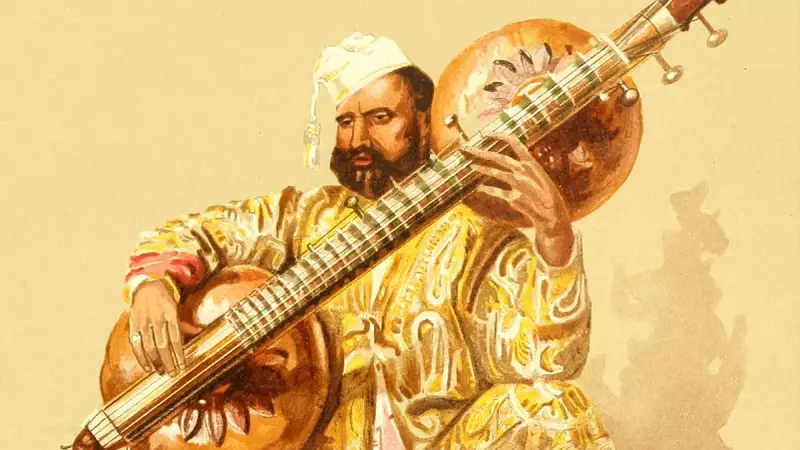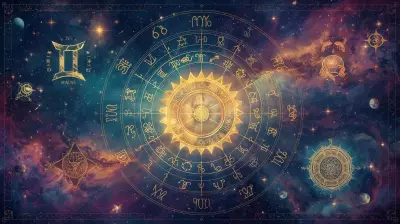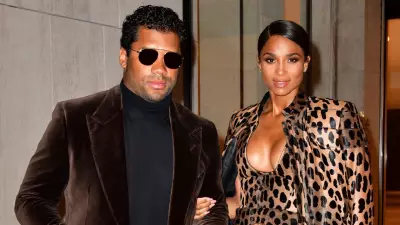
In the hallowed halls of Indian classical music, one instrument stands apart not just for its majestic sound but for its profound spiritual significance—the Rudra Veena. This ancient string instrument, often described as the voice of the divine, carries within its resonant tones centuries of musical tradition and spiritual pursuit.
The Instrument of the Gods
Unlike any other musical device, the Rudra Veena's origins are steeped in mythology and divine intervention. Legend tells of Lord Shiva himself, so moved by the beauty of his wife Parvati, that he created this instrument to capture the essence of her grace. Another version credits Shiva's manifestation as Ravana with its creation, making it an instrument born from cosmic inspiration rather than human invention.
Architectural Marvel in Sound
The physical structure of the Rudra Veena is as remarkable as its history. Constructed from a single piece of seasoned wood, typically jackfruit or teak, the instrument features two large resonators (tumba) made from dried pumpkin gourds. The main body stretches an impressive 54 inches, with 24 frets meticulously positioned along its length.
What truly sets the Rudra Veena apart is its unique playing technique. Musicians use a method called 'mizrab'—wire plectrums worn on the fingers—to pluck the four main strings and three drone strings, creating the instrument's characteristic meditative sound that can sustain notes for extraordinary durations.
The Spiritual Pathway
In ancient Indian tradition, the Rudra Veena was never merely an instrument for entertainment. It served as a powerful tool for spiritual awakening and meditation. The vibrations produced by its strings were believed to align with human energy centers, facilitating deeper states of consciousness and connecting the player to cosmic rhythms.
This spiritual dimension made the veena an essential companion for yogis and spiritual seekers, who used its resonant tones as a vehicle for transcendental experiences and inner exploration.
The Golden Era and Challenges
The Mughal period, particularly under Emperor Akbar's reign, marked a golden age for the Rudra Veena. The legendary Tansen, one of Akbar's nine jewels, mastered this instrument and elevated its status in classical music. His compositions and playing style set standards that would influence generations of musicians.
However, the 19th century brought significant challenges. The rising popularity of the sitar and sarod, with their brighter tones and greater projection, began to overshadow the more subtle, meditative sounds of the Rudra Veena. Changing musical tastes and the instrument's physical demands led to a decline in practitioners.
Modern Renaissance
Despite these challenges, the 20th century witnessed a remarkable revival, largely driven by the dedication of ustads like Zia Mohiuddin Dagar. His modifications to the instrument and tireless teaching efforts created new generations of veena players, ensuring this ancient tradition would not fade into obscurity.
Today, the Rudra Veena enjoys renewed interest among both Indian and international musicians drawn to its unique tonal qualities and spiritual depth. Music festivals, academic institutions, and dedicated practitioners continue to preserve and promote this living heritage.
More Than Music
The Rudra Veena represents something far beyond musical excellence. It embodies the philosophical depth of Indian culture, where art, spirituality, and daily life intertwine seamlessly. Each note played on this ancient instrument carries echoes of centuries of devotion, making it not just a musical device but a sacred bridge between the earthly and the divine.
As contemporary musicians rediscover its magic, the Rudra Veena continues to whisper ancient secrets to modern ears, proving that true artistry transcends time and technological progress.





